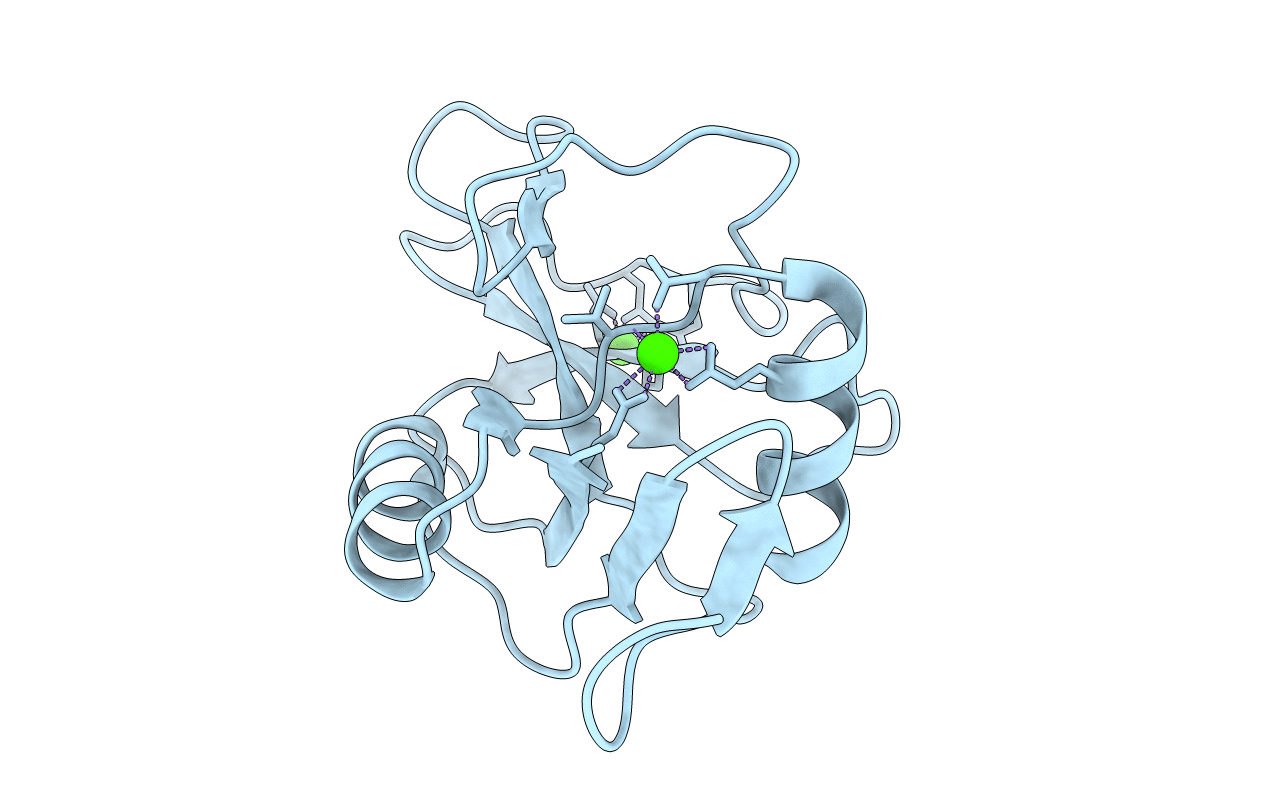
Deposition Date
2013-08-21
Release Date
2013-10-23
Last Version Date
2024-11-20
Method Details:
Experimental Method:
Resolution:
1.32 Å
R-Value Free:
0.17
R-Value Work:
0.13
R-Value Observed:
0.13
Space Group:
P 31


